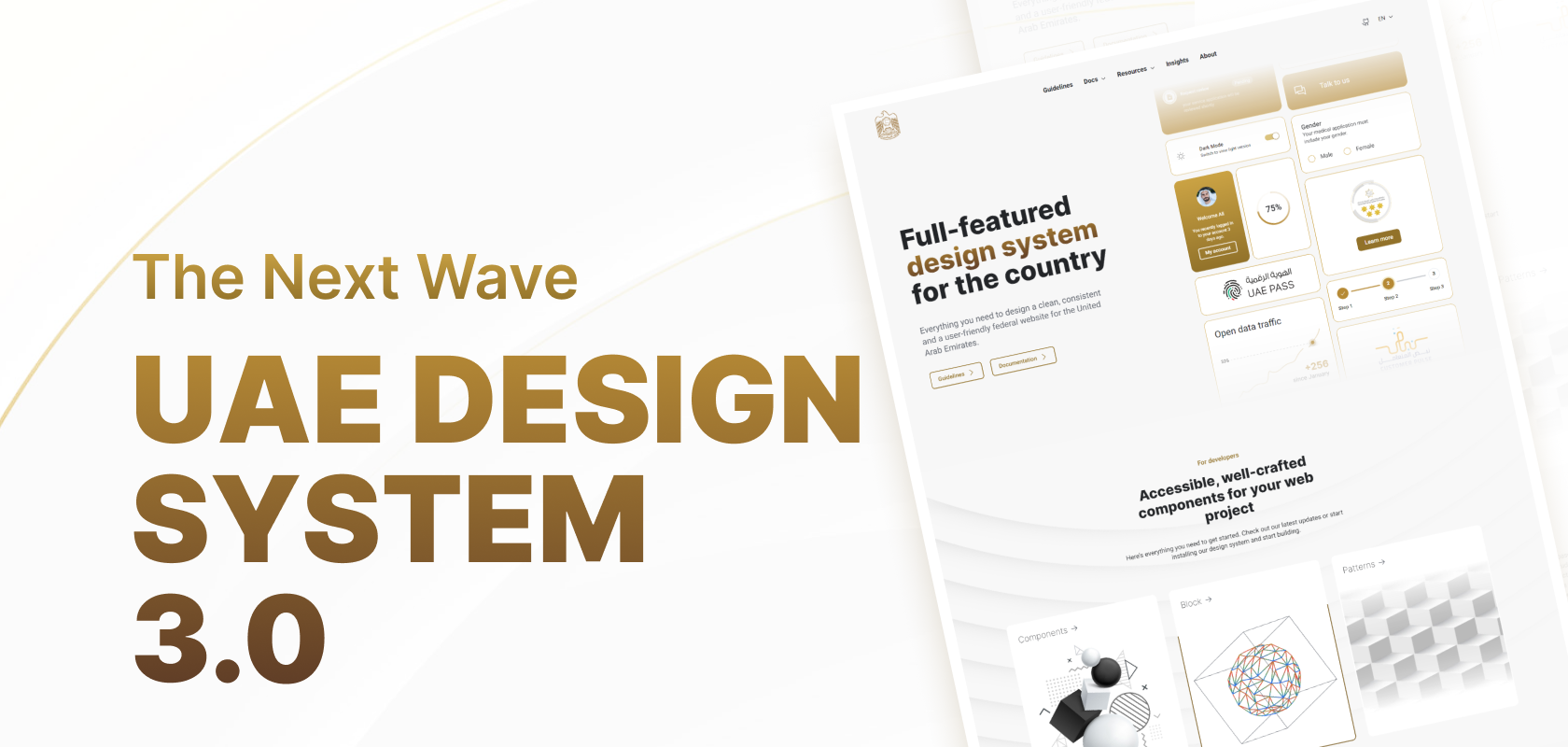The Empathy Engine: Designing Government Services that understand Human Stress and Emotion

There is a moment that happens in government service interactions that we don't talk about enough. It's that slight hesitation, when someone is about to submit an urgent visa extension request, or finalize an emergency benefit application, or report a serious issue.
In that moment, they're not just clicking a button. They're trusting a system with something that matters deeply to them.
This isn't about making interfaces "friendly" with cheerful colors and smiley faces. It's about recognizing that government interactions often happen during some of life's most challenging moments, and designing systems that genuinely support people through those experiences.
When government services meet human crisis
Someone applying for emergency financial assistance isn't having a good day. The parent trying to register a newborn might be sleep-deprived and overwhelmed. The business owner dealing with urgent licensing issues is worried about their livelihood.
Yet we often design these services as if people are approaching them calmly, with full cognitive capacity, ready to navigate complex processes. We design for the relaxed user state, not the actual emotional state.
Research in psychology shows that strong emotions, especially stress, anxiety, and fear - fundamentally change how people process information and make decisions. What seems clear to a relaxed designer might be completely overwhelming to someone in crisis.
The neuroscience of emotional design
When someone experiences stress or anxiety, their brain shifts into what psychologists call a "threat state." The amygdala (1) becomes hyperactive while the prefrontal cortex (2) becomes less efficient.
Under stress, people:
- Have shorter attention spans and miss important information
- Interpret ambiguous situations negatively
- Struggle to remember multi-step instructions
- Feel more frustrated by minor obstacles
That error message you wrote assuming users would read it carefully ... they probably won't if they're anxious.
That multi-step process you thought was logical ... might feel impossible when someone's stressed.
Crucially, emotional state affects trust. When people feel understood and supported, they're more likely to trust the system—even when things go wrong.
(1) The amygdala is an almond-shaped brain structure deep in the temporal lobe that is crucial for processing emotions
(2) The prefrontal cortex (PFC) is responsible for higher-level cognitive functions like planning, decision-making
What empathetic design actually looks like
Let us now dive into how we can solve this.
1. Recognition of emotional context
Different government services involve different emotional contexts. Renewing a trade license is different from reporting a workplace injury. Our interfaces should reflect these differences.
For urgent or crisis services:
- Immediately visible contact information for human support
- Clear, simple language with no ambiguity
- Prominent progress indicators
- Automatic save features so people can step away if needed
- Reassuring messaging about what happens next
2. Tone that acknowledges reality
Government language tends toward extremes: overly formal bureaucratic language, or artificially cheerful "friendly" language. Neither acknowledges emotional reality.
Compare these error messages:
a. Bureaucratic error message filled with jargon:
Application submission failed. Error code 4782-B. Refer to documentation requirements section 3.2.
b. Artificially friendly Offering no help:
Oops! Looks like something went wrong! 😊
c. Actually empathetic providing context:
We couldn't process your application because some required documents are missing. We understand this may be frustrating. Here's exactly what we need...
The empathetic version acknowledges frustration, provides clear information, and offers a path forward.
3. Reassuring micro-interactions
Instead of generic spinners, show: "Checking your information..." "Validating documents..." as contextual text along with the loading icon.
After completion, provide full details:
Application has been submitted successfully. Your reference number is #ABC123456. A confirmation email has been sent to des***@gm**.com. Kindly allow 3-5 business days to process your application.
Progress indicators like "Step 2 of 4" reduce anxiety by making the unknown known.
4. Smart defaults
UAE Pass integration is empathetic design, which automatically fills known information, sending a signal that "You don't have to prove everything from scratch."
Real empathy respects autonomy. It's not persuasion, false comfort, or pressure tactics.
Key principles:
- Be transparent about timelines and complexity
- Give users control over pace and choices
- Use honest language
- Offer support without implying inadequacy
Implementation guide
- Audit emotional touchpoints: Where do users trust the system with important information? Make high-stakes decisions? Feel uncertain?
- Adapt tone: Routine services get clear language. Sensitive services need gentler tone and prominent support access.
- Test with real users: Recruit people with genuine needs. Ask about feelings, not just completion. Observe hesitation signals.
- Build in support: Visible contact options everywhere. Multiple channels. FAQs addressing emotional concerns.
Conclusion
Empathetic design in government services isn't a luxury, it is a necessity.
When we design systems that acknowledge and support the emotional reality of government interactions, we create services that work better for everyone. This doesn't mean sacrificing efficiency or clarity. It means designing efficiently with clarity and emotional awareness. It means recognizing that the person using your service is a human being having an experience, not just a user completing a task.
The United Arab Emirates commitment to citizen-centered services creates an opportunity to lead in empathetic design. When our services genuinely support people through their experiences, we build more than functional systems — we build trust in institutions.
When we get it right, people walk away from government interactions feeling not just successful, but supported. That's when digital government services become expressions of care for the people they serve.
Empathetic tone transforms user experience, but knowing when and how to use it across different contexts takes practice. Our Content guidelines walk you through crafting supportive, accessible content for every government service scenario.


